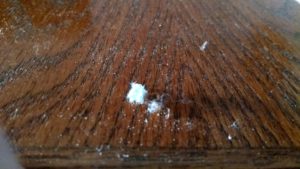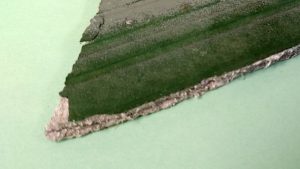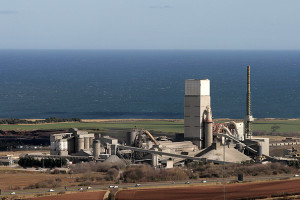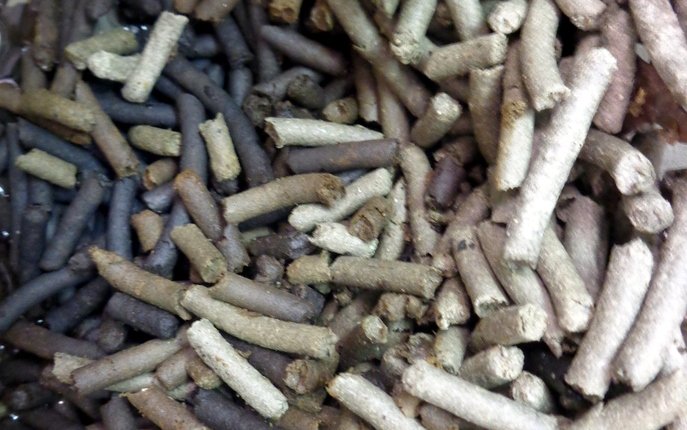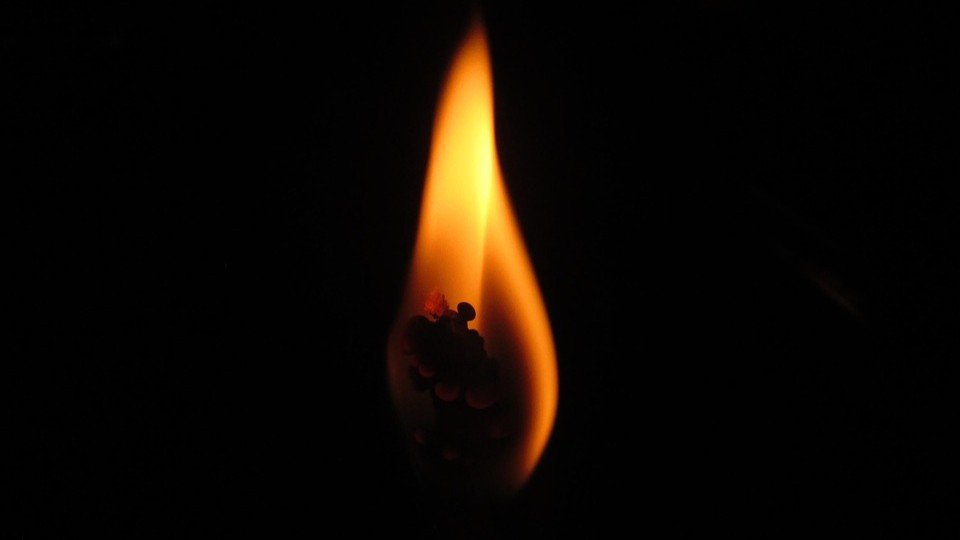
Tert-Butyl Catechol (TBC) is widely used as a stabilizer in industrial applications to prevent monomers from self-polymerizing. At room temperature, TBC exists as a crystalline powder with a melting point of approximately 50°C and a boiling point of 280-290°C. From an industrial hygiene perspective, TBC is a semi-volatile compound, meaning that both TBC dust and vapours can be present in the workplace environment. Elevated concentrations of hot TBC vapours can form when TBC is melted, and these vapours may condense into respirable dust as the air cools.
Given its potential to act as a skin sensitizer, the monitoring of TBC levels in the workplace is essential to protect workers and ensure compliance with safety regulations. While no official exposure limit for TBC exists, the American Conference of Governmental Industrial Hygienists (ACGIH) has recommended a short-term exposure limit (STEL) of 2 mg/m³ for Catechol, a structurally similar compound, which can serve as a guideline for TBC exposure.
Advanced Sampling Techniques for Accurate Results
At LCS Laboratory, we follow the rigorous OSHA PV 2014 procedure for sampling Catechol, adapting it for TBC analysis to ensure precision.
- Air Sampling: TBC can be collected using OSHA Versatile Sampler (OVS7) cartridges at a flow rate of 1 L/min.
- Surface Sampling: Skin or surface swabs collected with alcohol pads provide additional insights into workplace contamination.
Our expertise ensures accurate detection of both vapour and particulate forms of TBC, giving you a complete picture of your work environment.
Why Choose LCS Laboratory?
- National Service: We cater to clients across Canada, offering seamless testing services that comply with Canadian regulations.
- Cost-Effective Solutions: Enjoy favourable rates unaffected by currency fluctuations.
- Comprehensive Support: We provide air quality equipment, training, and technical guidance to meet your needs.
- Regulatory Compliance: Our sampling methods align with Canadian safety standards to ensure compliance and worker protection.
Get Started Today
Partner with LCS Laboratory to ensure workplace safety and regulatory compliance. Contact us with any questions or for detailed shipping instructions: Contact Us.
Looking for more information? Download our Laboratory Price List and access our Request Forms to get started.
Choose LCS Laboratory—your Canadian expert in industrial hygiene testing.



